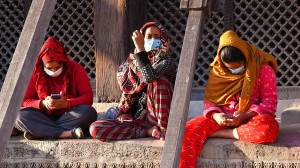Opinion
Naturally Nepal
Despite devastating earthquakes, Nepal is as beautiful as before and its people are just as welcoming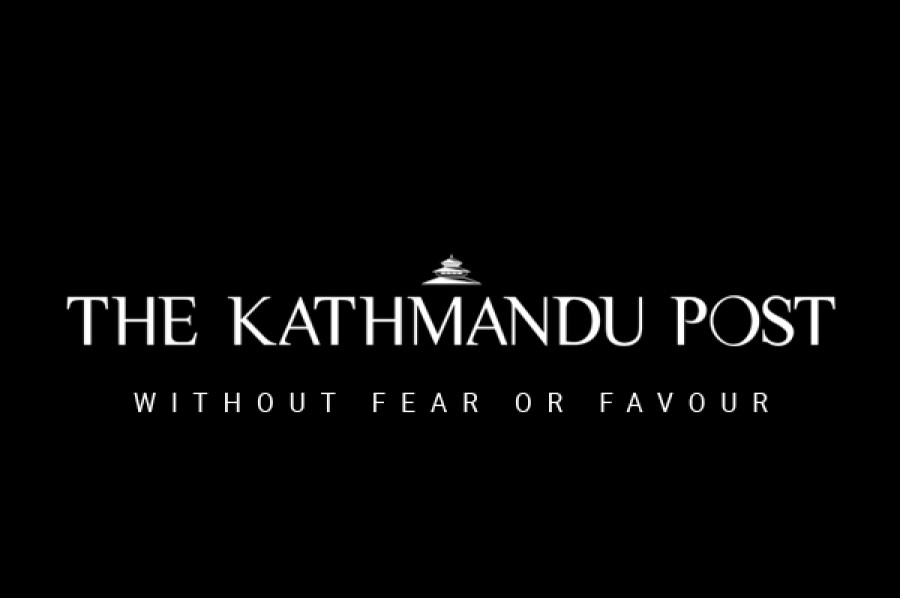
Him Lal Ghimire
Nepal’s tourism sector has suffered losses worth Rs 44 billion in the aftermath of the devastating earthquake and its aftershocks. These disasters have heavily damaged the infrastructure of tourism in Nepal, affecting not only the mountaineering, trekking and tour businesses, but also, many cultural heritage sites, shrines, pagodas, temples and archaeological sites—properties over hundreds of years old.
Back to normal
Nepal’s natural beauty, climate, history, culture, festivals and ethnic food are attractions for tourists; they motivate tourists to visit, see and consume. Some media channels present the news as if all World Heritage Sites of Nepal and all historic architecture and trekking routes have been destroyed by the recent earthquake. This is not true. Most of the tourist trekking routes—besides Langtang and Manaslu—are safe. Annapurna circuit, one of the best trekking routes in the world, Khumbu and other trekking routes in the eastern and western parts of Nepal are still open. Almost 95 percent of all hotels in Nepal are safe and in operation. The internet, telephones and ATM machines are also in operation. There is no danger of any other type of natural calamity or any issues regarding communicable diseases. All hospitals, nursing homes and clinics are well-equipped. All highways are fine. The condition of major tourist destinations, including Pokhara, Lumbini, Palpa, Chitwan, Bardiya, Dolpo, Janakpur and Suklalaphanta are safe well-facilitated for tourists.
The Nepali tourism industry requires a strategy that will help manage crises and rapidly implement recovery strategies. When tourism is back in business, there is a sense of normalcy in the country. The government has reopened five of the seven Unesco-designated World Heritage Sites in an attempt to lure foreign tourists back into the Kathmandu Valley. The government opened these sites in less than two months after the quake, immediately after removing rubble, in hopes that foreigners will come and visit the sites. During an event that marked the official reopening of the heritage sites, Minister for Culture, Tourism and Civil Aviation Kripasur Sherpa said, “It is not just Kathmandu valley, entire Nepal is open for tourists. Nepal is safe to travel.” It is an important landmark to resume the tourist activities in Nepal.
Visit Nepal
We have to be very optimistic about the future of tourism in Nepal. It can have multiple effects on employment and the economy. Data shows that around 700,000 tourists visited Nepal in 2014, generating a significant amount of revenue. It is estimated that every six tourists creates one job in Nepal. The travel and tourism sector directly generated 487,500 jobs in 2014, representing 3.5 percent of the total employment in the country, according to a World Travel and Tourism Council report. The direct contribution of Nepal’s travel and tourism to the GDP in 2014 was Rs 83.7 billion or 4.3 percent of the GDP. It is estimated that a guide on Everest normally earns $6,000 to $7,000 during the three-month climbing season. Government revenues amount to about $3.9 million annually in climbing fees and $3.5 million from Everest alone. Tourism will directly help rebuild the country.
There is something called social tourism that includes volunteer tourism, cultural tourism, heritage tourism, educational tourism, medical tourism and relief tourism. If you love Nepal, then book a flight because the country needs you now more than ever. If you’ve always wanted to give something back to Nepal or do some volunteering, there is no better time than this one. Everybody travels for fun, but tourists can make a difference and make it a very fulfilling trip. If they are satisfied with their visit, they might lengthen their stay, visit again or recommend traveling in Nepal to their family and friends..
Time to act
After the earthquake, several countries warned their citizens not to visit Nepal unless they were involved in rescue and relief. Nepal could turn this warning into an opportunity by inviting distinguished guests and goodwill ambassadors such as the UN Secretary General, Hollywood and Bollywood stars, sport stars, singers, writers from different countries and diplomatic missions. It would send a strong message to the world, stating that Nepal is open for travel. Nepal needs to convert that goodwill into a willingness to visit. The government has to publish a white paper regarding tourism soon. Nepali embassies and diplomatic missions abroad have been criticised for their incapability to lobby with international communities and branding of Nepal. The Tourism Ministry and the Nepal Tourism Board have to coordinate and organise various promotional programs including talks, slide shows, conference presentations, and public relation activities to promote tourism in Nepal. Primarily, it would be great if they focused on neighbouring countries like India and China, as they are some of the largest emerging tourist markets in the world. Nepali tourism entrepreneurs should focus on pilgrimage, adventure and regional tourism—these will be less affected by national and international incidents.
It is high time to explore Nepal and visit its virgin destinations. Despite devastating earthquakes, Nepal is as beautiful as before, and its people are just as welcoming. Nepal has a niche adventure tourism market and that category of visitors will not be deterred for long.
Ghimire holds a PhD in tourism




 14.12°C Kathmandu
14.12°C Kathmandu
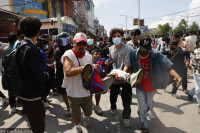
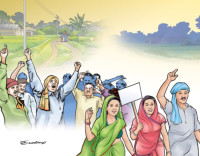


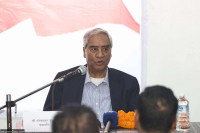
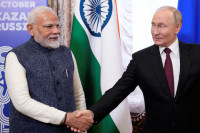

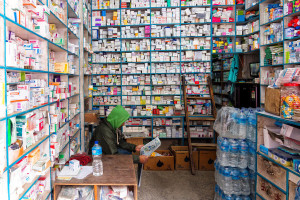
%20(1).jpg&w=300&height=200)

